1. Canning Their Own Fruits and Vegetables
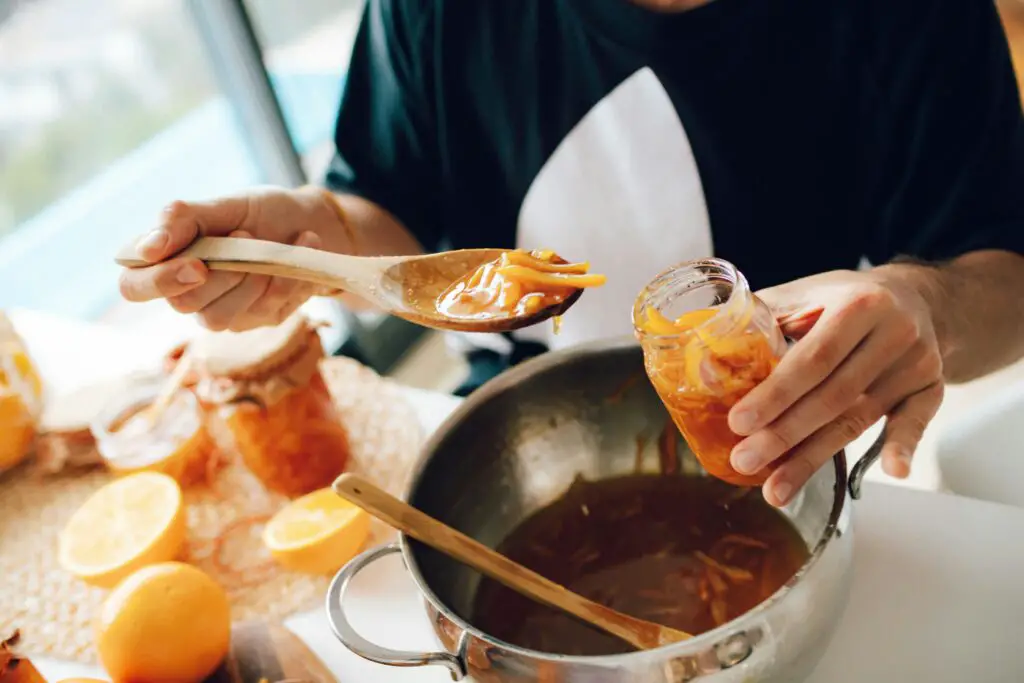
Your grandparents probably didn’t call it “preserving the harvest”—they just called it Tuesday. From peaches to pickles, jars lined the pantry shelves not because it was trendy, but because it was practical. They grew what they could, and nothing went to waste. If you’ve ever had homemade jam, you know it hits different than the store-bought stuff. Today, people call it “slow living” or “homesteading,” but back then, it was just how you got through winter shares WCIA.
They didn’t have YouTube tutorials or Instagram-worthy setups—just passed-down knowledge and a whole lot of trial and error. The process was messy, a little chaotic, and always smelled amazing. It was also a group effort, with everyone pitching in to peel, chop, and seal. These days, it’s a crunchy badge of honor; back then, it was a way of life adds Wikipedia.
2. Hanging Clothes on the Line
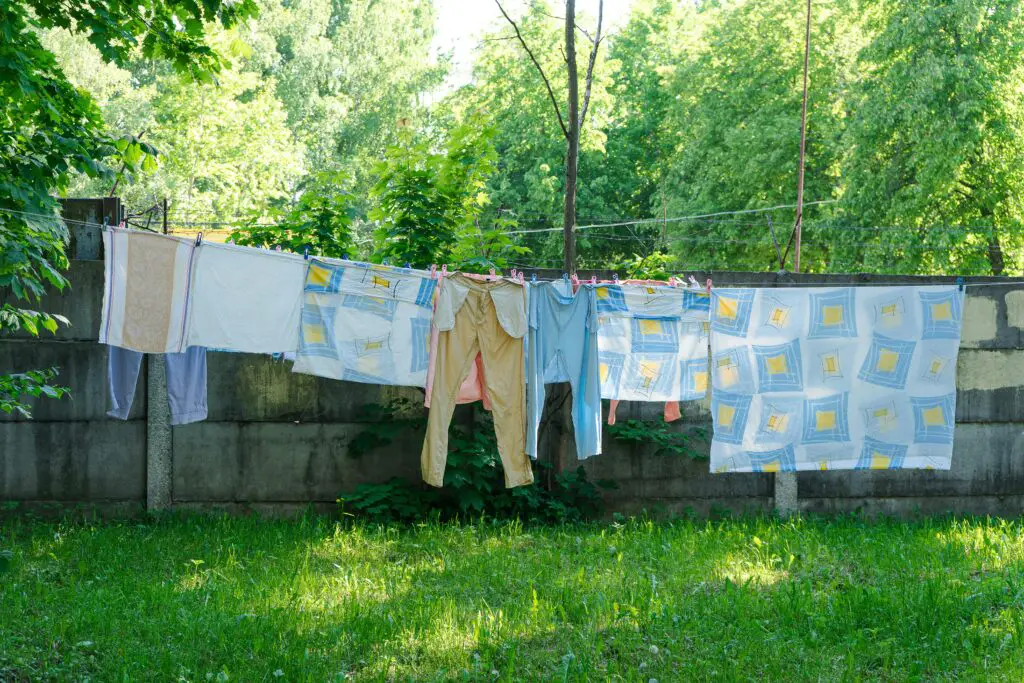
Before energy-saving dryers were even a thing, your grandparents were already conserving electricity the old-fashioned way. Clotheslines stretched across backyards or porches, and every sunny day was laundry day. There’s something charming about sun-dried sheets flapping in the wind, even if you have to shake a few bugs out now and then. The sun did the drying, and the breeze did the fluffing—no dryer sheets required explains Reddit.
Some people today call it eco-friendly or sustainable. Back then, it was just smart and budget-friendly. Plus, the sun acted as a natural disinfectant, which they probably didn’t know but appreciated anyway. And let’s be honest: no dryer has ever made sheets smell that fresh adds Rinse.
3. Saving Bacon Grease
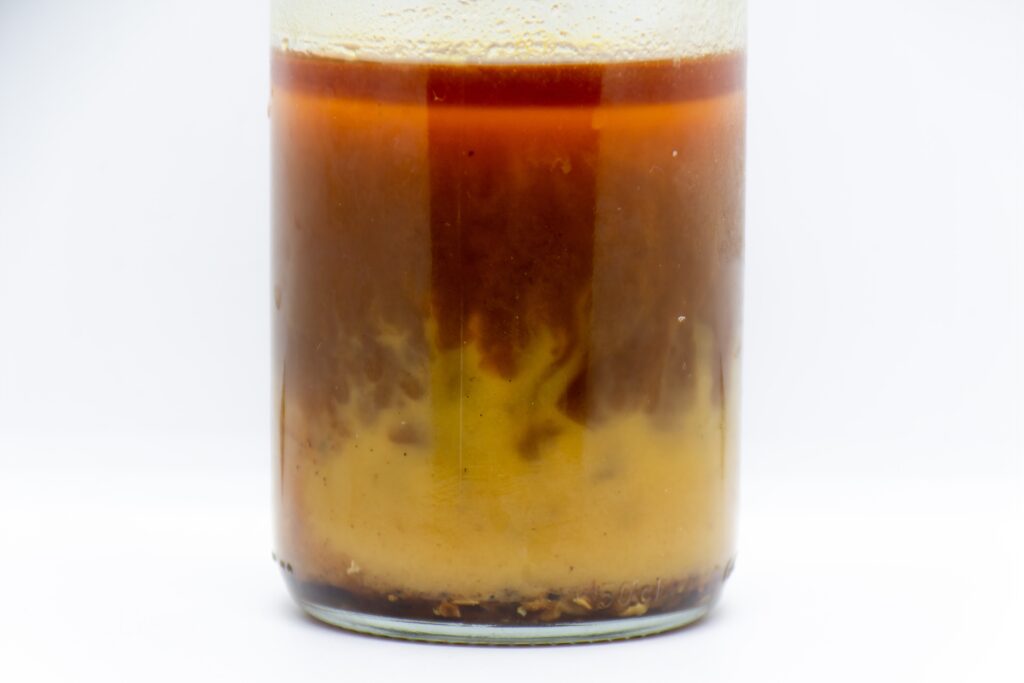
That little tin can by the stove wasn’t trash—it was treasure. Your grandparents saved every drop of bacon grease, and it flavored everything from green beans to cornbread. It added depth to meals without wasting a thing. Today, we call it “nose-to-tail” or “zero waste,” but they were doing it decades before it became a movement.
Sure, health fads have come and gone, but back then, fat was flavor. They didn’t toss out perfectly good cooking oil—they reused it smartly and often. It wasn’t just about saving money; it was about making food taste incredible. Crunchy folks today have rediscovered it, but Nana never stopped doing it.
4. Walking or Biking Everywhere
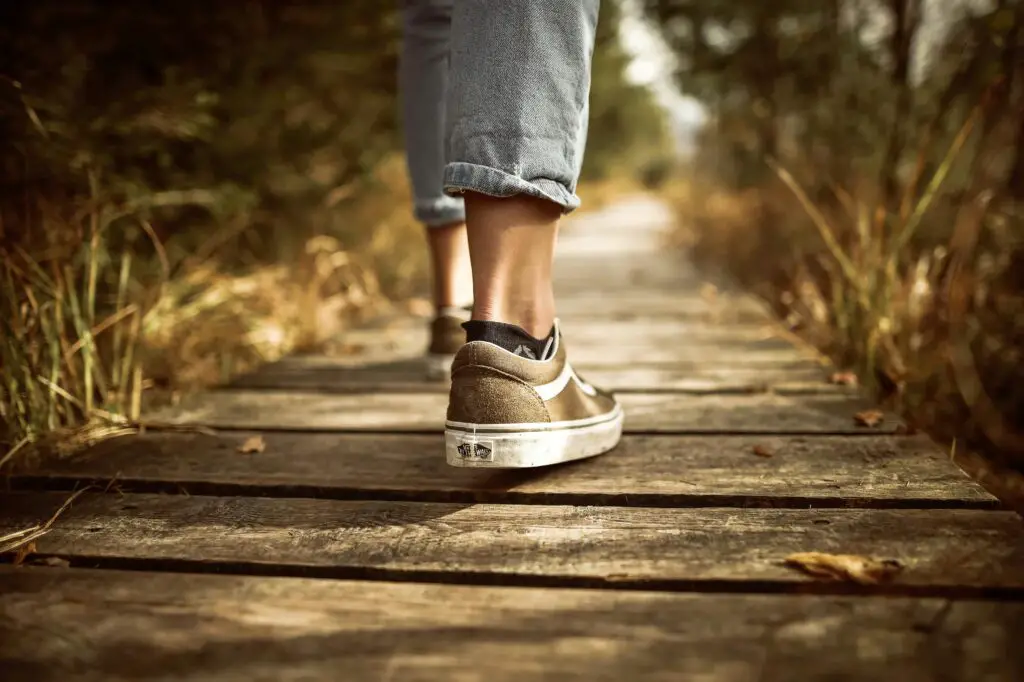
Before cars were a necessity, walking was just how you got around. Your grandparents probably hoofed it to the store, school, church, and everywhere in between. They weren’t trying to close a fitness ring—they just did what they had to do. And honestly, their lives were better for it.
Biking was another big one, especially for kids and young adults. It gave them freedom and fresh air, all without a carbon footprint. These days, folks go out of their way to “get their steps in,” but our grandparents didn’t need a step counter. Their lifestyle naturally kept them moving.
5. Using Vinegar for Cleaning
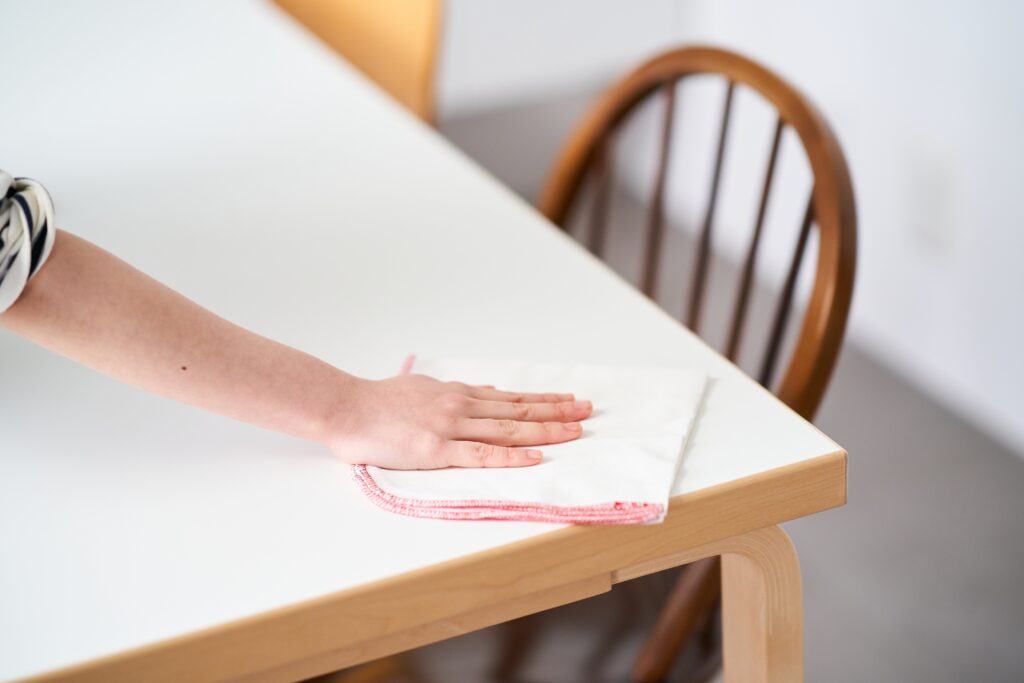
White vinegar was the original all-purpose cleaner. Counters, windows, floors—there wasn’t much it couldn’t handle. Mixed with a little water and elbow grease, it got the job done without chemicals or fancy sprays. Your grandparents weren’t trying to be green; they were just using what worked.
Now, you’ll find entire Pinterest boards devoted to vinegar hacks. But for Grandma, it was second nature. She didn’t need labels promising “non-toxic” or “eco-safe.” If vinegar and a rag couldn’t clean it, it probably wasn’t worth cleaning.
6. Making Bone Broth from Scraps
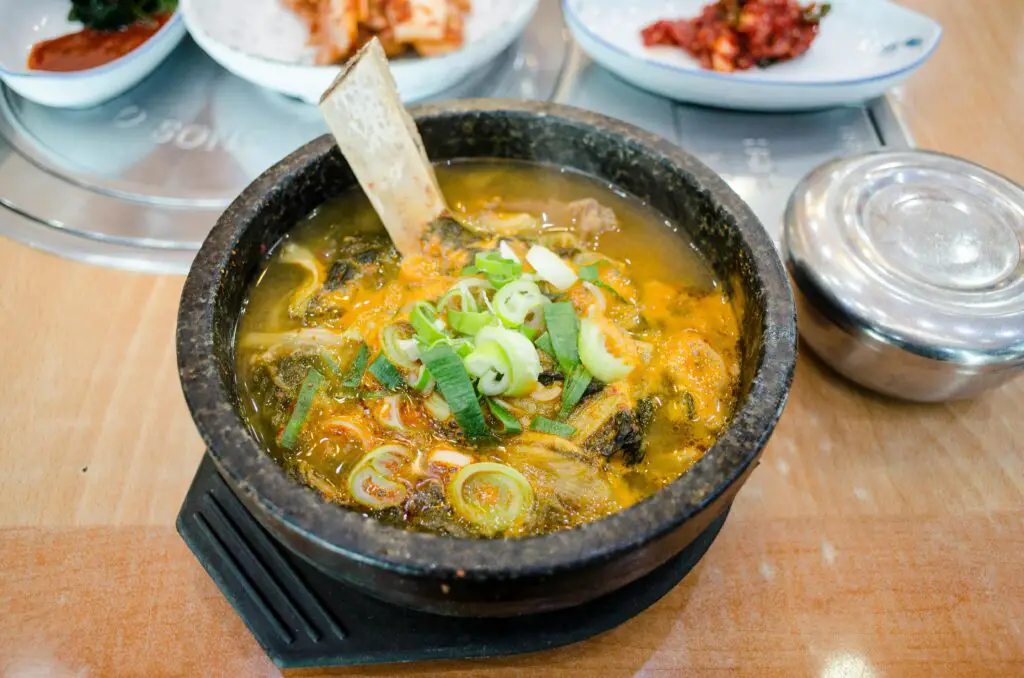
After Sunday dinner, the bones didn’t go in the trash—they went in a pot. Simmered for hours with veggie scraps, herbs, and water, bone broth was the base of soups, stews, and countless comfort meals. It was nourishing, frugal, and absolutely delicious. And somehow, it always made you feel better when you were sick.
These days, people pay top dollar for collagen-rich broth in glass jars. But your grandparents made it for free with what was already in the kitchen. They didn’t know the buzzwords, but they knew the benefits. That slow-cooked love went into every bowl.
7. Reusing Everything
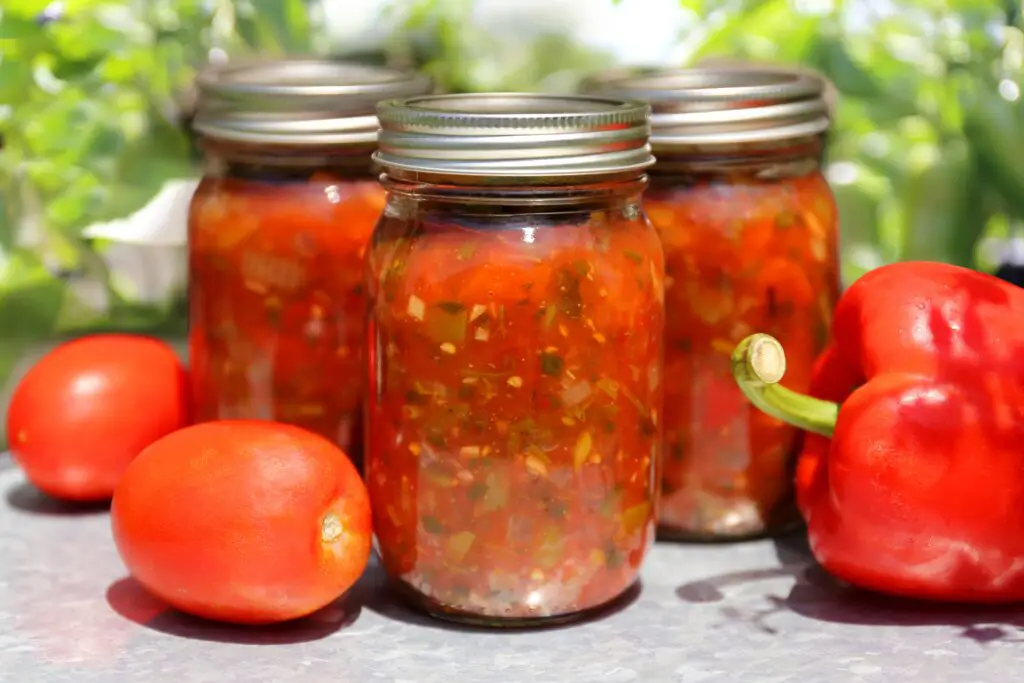
Plastic bags? Washed and reused. Old jars? Turned into drinking glasses or storage containers. Your grandparents lived in a world where “single-use” wasn’t even a concept. They found second lives for nearly everything they touched.
Today, that kind of behavior earns you “zero waste” bragging rights. Back then, it was just being resourceful. They didn’t need trendy bins or color-coded labels—they just made do with what they had. And somehow, it all worked out beautifully.
8. Gardening for Food, Not Fun

They didn’t plant tomatoes for the aesthetic—they did it to eat. Backyard gardens were functional, not fancy. Rows of beans, squash, and lettuce grew out of sheer necessity. Kids helped weed and water, learning life skills long before they were called that.
Today’s raised beds and herb spirals have their place, but there’s something inspiring about those simple, utilitarian gardens. They were practical, productive, and deeply satisfying. Crunchy types now post their harvests online, but your grandparents just called it dinner. And maybe shared a few tomatoes with the neighbors, too.
9. Making Their Own Beauty Products
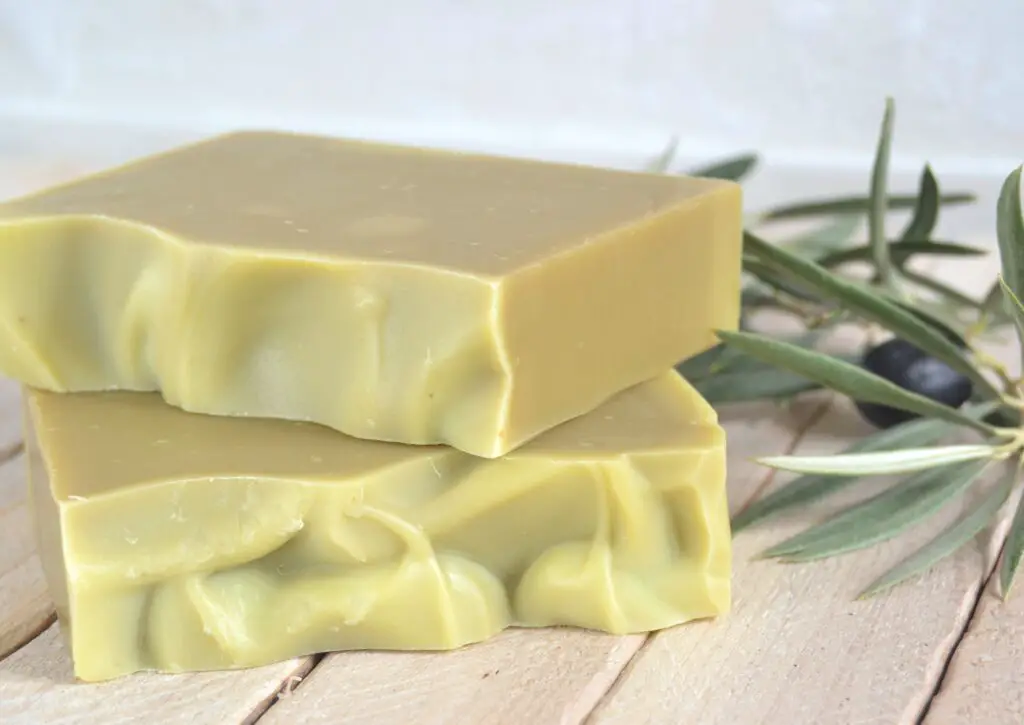
Grandma probably had a few tricks up her sleeve that would put your fancy serums to shame. A little cold cream, maybe a dab of olive oil, and she was good to go. They didn’t need a 10-step routine or a drawer full of products—just a few tried-and-true staples.
Now we talk about “clean beauty” and “DIY skincare,” but your grandparents were ahead of the curve. They used natural ingredients out of necessity, not luxury. And somehow, they still had the softest skin and best-smelling hair. It turns out less really can be more.
10. Eating Seasonally
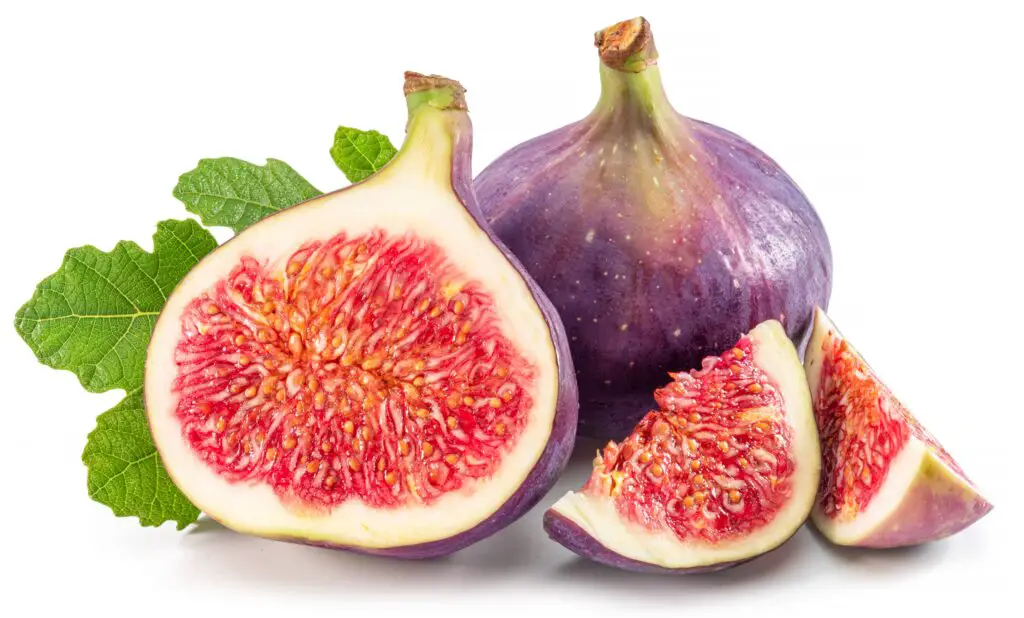
Strawberries in December? Not happening. Your grandparents ate what was in season because that’s all that was available. Watermelon in summer, root vegetables in winter—it was all timed perfectly by nature. They didn’t call it “eating local,” but that’s exactly what they were doing.
It made meals simpler, fresher, and often tastier. You didn’t need labels like “organic” because the food was already close to the source. Now we chase that lifestyle at farmers markets, but our grandparents just opened the back door and got to work. There’s a real rhythm to eating that way, and they knew it well.
11. Using Cloth for Just About Everything
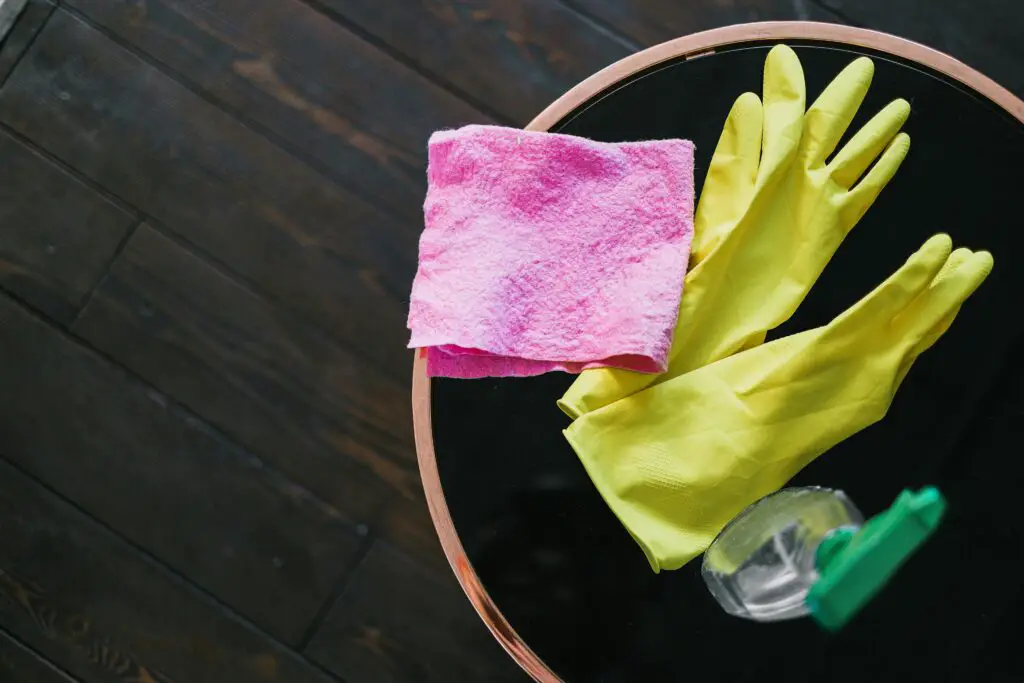
Paper towels and napkins were a luxury—not the default. Dish towels, cloth napkins, handkerchiefs—they used them all, washed them, and used them again. And they didn’t think twice about it. It wasn’t about reducing landfill waste; it was about not wasting money.
Today, reusable products are marketed with phrases like “eco-conscious” and “sustainable.” But Grandma’s stack of flour-sack towels was doing all that long before the buzzwords. They lasted forever, soaked up everything, and were always within arm’s reach. And honestly, they worked better than most paper products do today.
12. Cooking Every Meal from Scratch
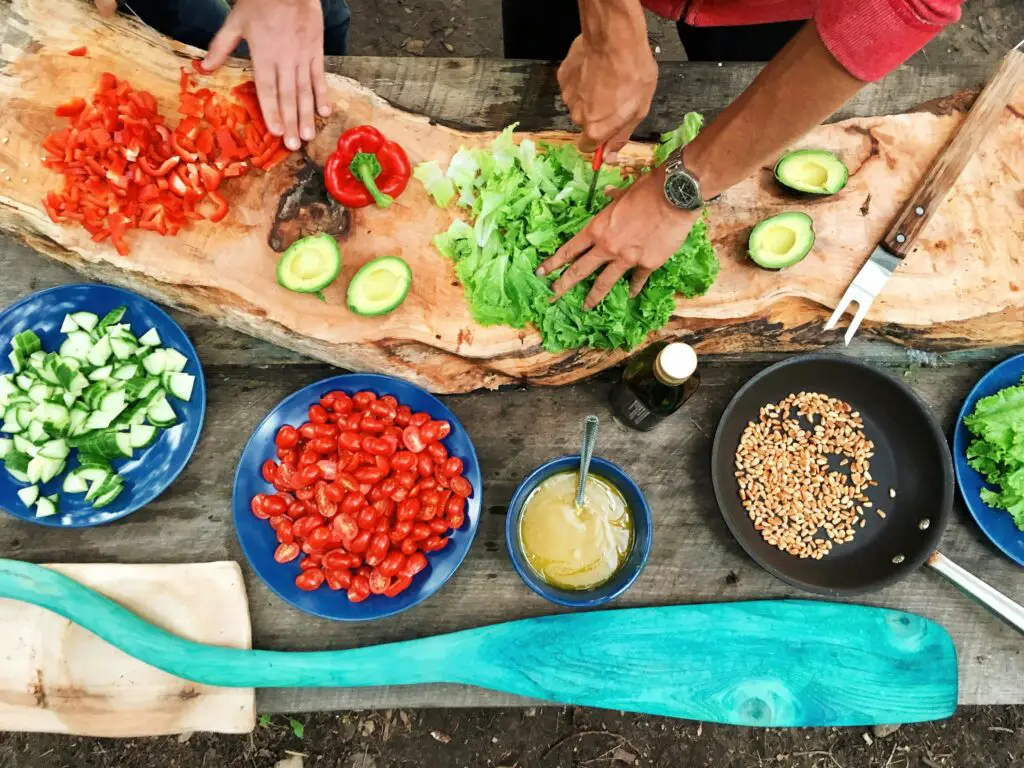
There was no Uber Eats, no microwave meals, and definitely no meal kits. Your grandparents made breakfast, lunch, and dinner from raw ingredients, often without recipes. It was just how things were done. They didn’t need Pinterest to figure out what to make with beans—they already knew.
Now we call it “whole food cooking” or “from scratch living.” Back then, it was simply putting food on the table. Meals were planned, prepped, and stretched to feed everyone. And despite all the effort, they made it look easy—and taste amazing.
